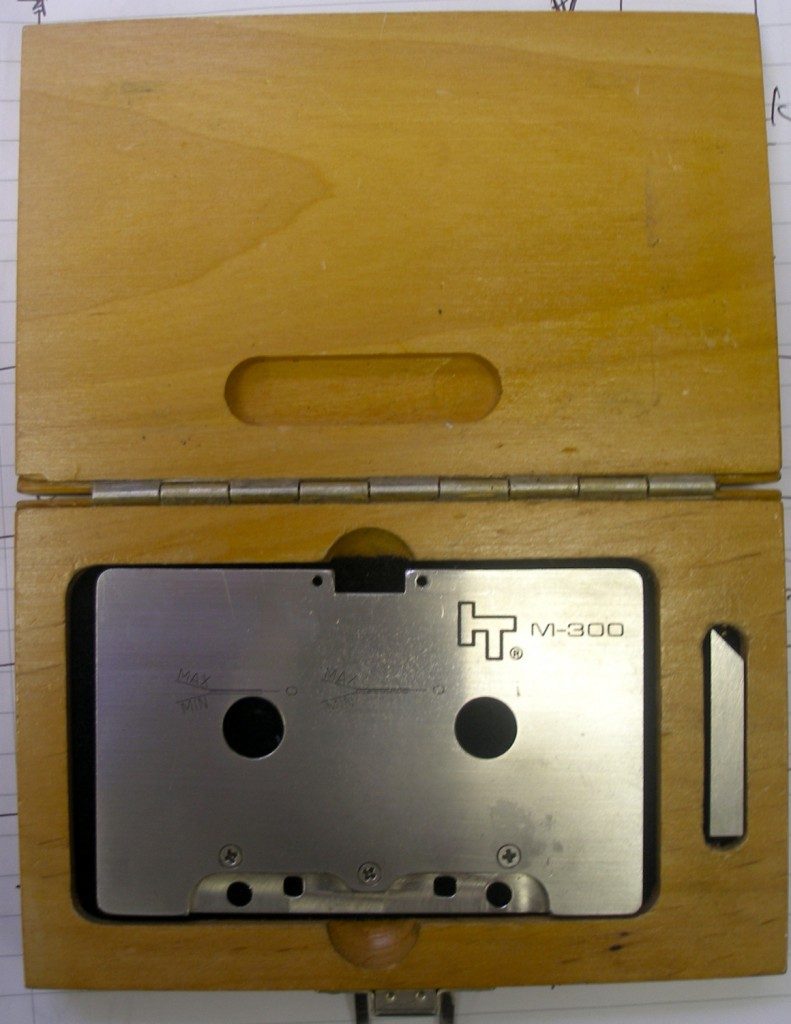How do you start preserving digital objects if your institution or organisation has little or no capacity to do so?
Digital preservation can at first be bit-part and modular. You can build your capacity one step at a time. Once you’ve taken a few steps you can then put them together, making a ‘system’.
It’s always good to start from first principles, so make sure your artefacts are adequately described, with consistent file-naming and detailed contextual information.
You might want to introduce tools such as Fixity into your workflow, which can help you keep track of file integrity.
For audio visual content get familiar with MediaInfo and MediaConch, by MediaArea, QC Tools, by BAVC, or Exactly, by AVP.

Think of this approach as pre-figurative digital preservation. It’s the kind of digital preservation you can do even if you don’t (yet) have a large scale digital repository. Pre-figurative digital preservation is when you organise and regularly assess the condition of your collections as if it is managed in a large repository.
So when that day comes and you get the digital content management system you deserve, those precious zeros and ones can be ingested with relative ease, ready to be managed through automated processes. Pre-figurative digital preservation is an upgrade on the attitude that preserving files to make them accessible, often using lossy compression, is ‘good enough’ (we all know that’s not good enough!!)
Pre-figurative digital preservation can help you build an information system that fits your needs and capacities. It is a way to do something rather than avoid the digital preservation ‘problem’ because it seems too big and technically complex.
Learning New Skills
The challenge of managing digitised and born-digital material means archivists will inevitably have to learn new skills. This can feel daunting and time as an archivist we have recently worked with told us:
‘I would love to acquire new skills but realistically there’s going to be a limit to how much I can learn of the technical stuff. This is partly because I have very small brain but also partly because we have to stretch our resources very thin to cover all the things we have to do as well as digital preservation.’
Last year the Society of American Archivists launched the Try5 for Ongoing Growth initiative. It offers a framework for archivists who want to develop their technological knowledge. The idea is you learn 5 new technical skills, share your experience (using #Try5SAA) and then help someone else on the basis of what you’ve learnt.
Bertram Lyons from AV Preserve outlined 5 things the under-confident but competence hungry (audiovisual) archivist could learn to boost their skill set.
These include getting familiar with your computer’s Command Line Interface (CLI), creating and running Checksums, Digital File Packaging, Embedding and Extracting Metadata and understanding Digital Video. Lyons provides links to tutorials and resources that are well worth exploring.
Expanding, bit by bit
If your digital collections are expanding bit by bit and you are yet to tackle the digital elephant in the room, it may well be time to try pre-figurative digital preservation.
We’d love to hear more from archivists whose digital preservation system has evolved in a modular fashion. Let us know in the comments what approaches and tools you have found useful.


